MINI Living speeds ahead with a new urban living concept in Shanghai
MINI Living’s latest project, a former paint factory which will transform into a multifaceted urban living space, is slated to open in April 2020. Here we discuss its progress with architect Oke Hauser, creative lead at MINI Living
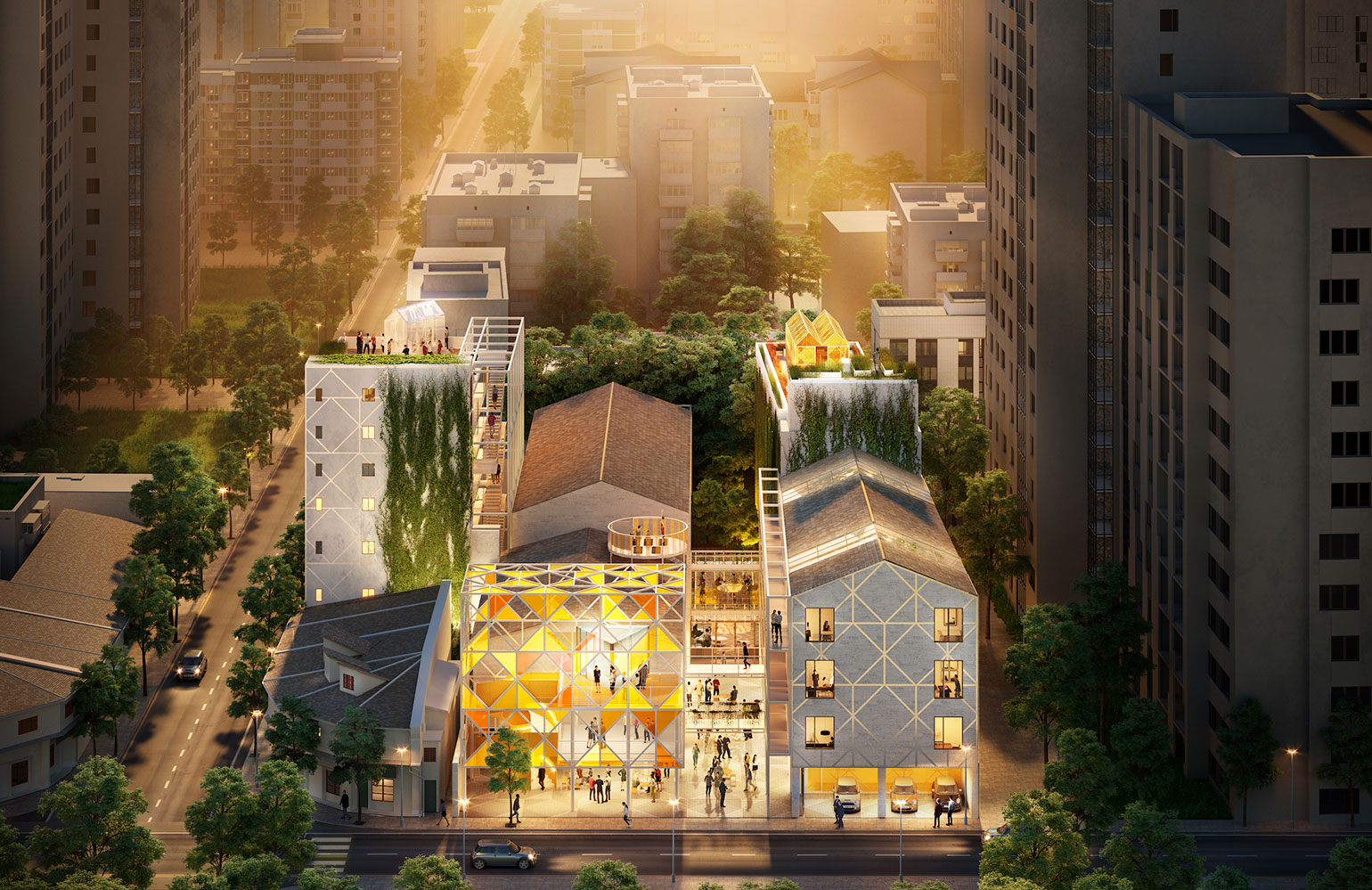
MINI would like to be perceived as a urban lifestyle brand. The marque is undergoing self-analysis to evaluate its place beyond car making — to see where this archetype city commuter fits in within the age of clean, driverless, shared transport.
One strand of this puzzle is MINI Living, an initiative involved in creating alternative living and working spaces that are designed to enrich urban life. The handful of projects commissioned since 2016 have been purely conceptual — offering utopian visions and alternative habitats in London, Milan, Los Angeles and Beijing. Now, elements from these studies are informing a functioning live/work/play building that will open in Shanghai in April 2020.
The 7,600 sq m space occupies a former paint factory in the city’s central Jing'an district. The five buildings will offer a mix of private, communal and public areas, with 45 apartments on-site, a shared lobby and co-working space, shops and temporary pop-up stores, market stalls and a restaurant. There's also a rooftop gym and urban farm, a MINI car-sharing scheme, and a cultural centre open to the public.
Working with architect Satoshi Isono from the London-based Universal Design Studio, the team are using the existing factory as their base, opening up the ground floor and connecting the five buildings via bridges and thoroughfares. Central to the design is the open shelf structure, ‘the window’ at entrance facing the city and theoretically inviting Shanghai residents in. Generously carved out from the structure, the frame will be an adaptable space curated by the Brooklyn-based and MINI-backed A/D/O to host cultural projects.
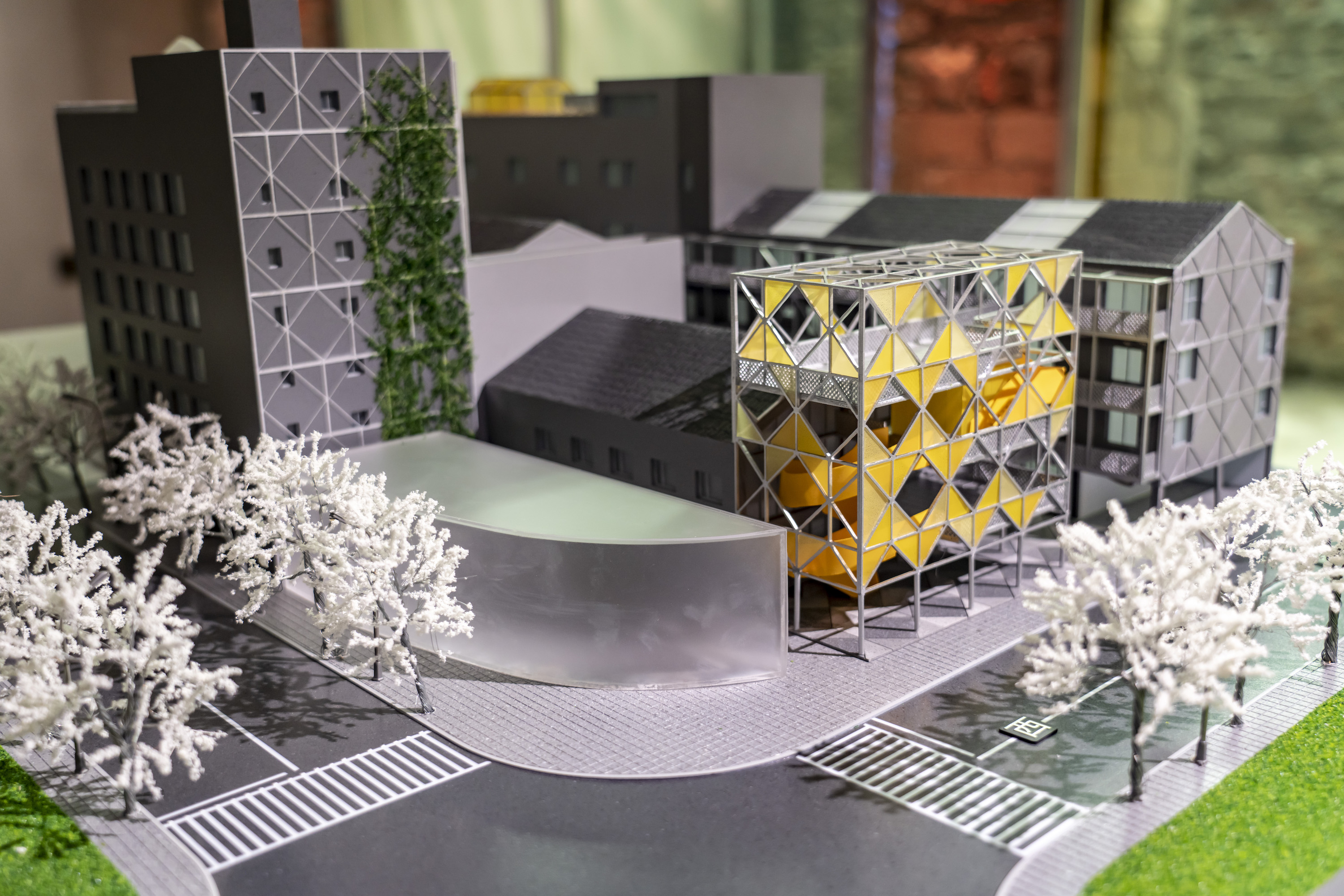
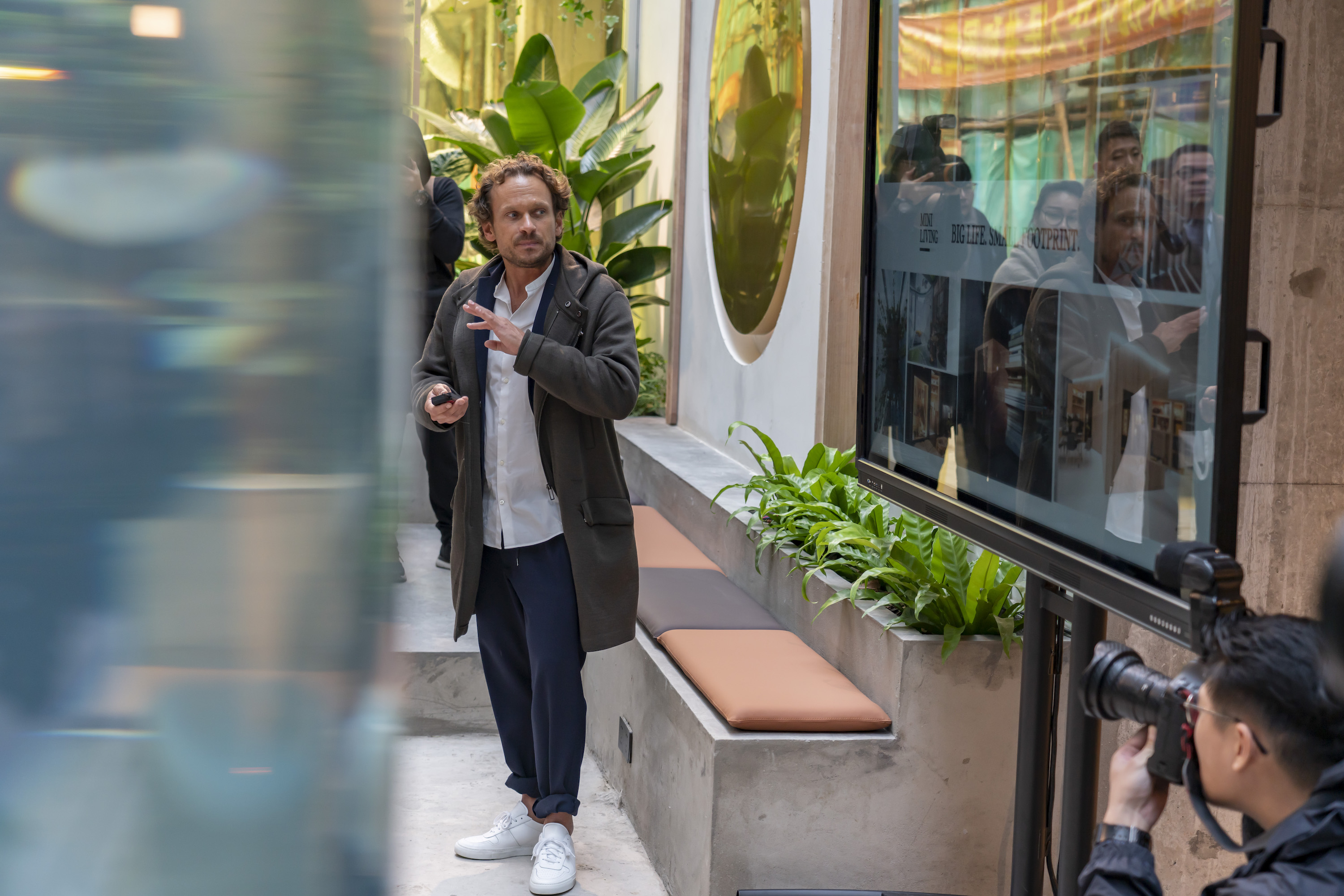
To understand the scheme, Wallpaper* met with architect Oke Hauser, creative lead at MINI Living...
Wallpaper*: The Shanghai project is still a construction site, so why invite the public to see the incomplete building?
Oke Hauser: It is important for us to showcase this to the outside world to see your reactions and get your inputs. This is essential to our project. What we are doing here is not static – it is in constant progress, and it is a public project to be informed by others.
W*: The seven MINI Living concepts so far have responded to a whole range of city life concerns. How much have they informed this project?
OH: Elements from each of the concept designs has influenced our work here, not always directly but conceptually. For instance, at Milan Salone del Mobile we showed a concept that blurred the line between public and private space. Here, central to our design are the rotating walls that open a private area into a public space, then onto the city and the outside world.
W*: You have said that the MINI Living projects will respond to place - to local architecture, culture and needs. The three Urban Cabin concepts in London, LA and Beijing were specifically about introducing local character and stimulating a dialogue with the past and present. Here too you are working with the Jing’an industrial site as well as traditional Chinese window design as a way of offering an overlay of symbolism. Can you explain the design?
OH: We are working with Universal Design Studio and theirs is a very human-centric approach. The design here is informed by the industrial background of this neighbourhood and the paint factory which was formally here on-site. And yes, our projects are and will be glocal; we are responding to our immediate environments. The Urban Cabin concepts were authentic to their place, and we aim to continue to connect with the cities we build in.
W*: The Shanghai project feels like a continuation of some of the utopian visions of the early last century, which are possibly even more relevant today.
OH: Absolutely. Cities today are becoming larger and more disconnected, and they can feel lonely; people are isolated and there is this element of social silence. We think that design can tackle this. Therefore, this project is about inviting the city into the private space - to be involved. The rotating walls encourage openness with residents and non-residents, as does the cultural centre.
W*: A/D/O MINI will be involved in running the cultural events in the public gallery here. How else do you propose to involve the larger Shanghai creative community?
OH: We have been scanning the city to find businesses who share our values and ones that we can collaborate with. We are working with a dynamic group of local creative industries in the arts, design, fashion, media who will be also be represented on-site.
W*: Why choose this city to make your first public MINI Living statement?
OH: In Shanghai you really see urbanisation happening; there is such intense development here with rising property prices and great pressure on residents. So, it feels like the right place to discuss alternatives of how to live. This particular Jing’an district is open to new ideas. Also, interestingly China is up for experimenting and testing things out. There is a strong idea to bring back this sense of community, and our project is supported by the local government.
W*: Who do you see occupying the MINI Living spaces, starting with this Shanghai project?
OH: People who believe that if you open yourself to others and the community, you gain from it. It isn’t an age group but a mindset. And we’re aiming for a diverse community, an international community to include locals but also ex-pats. We want people coming to work in Shanghai to arrive here, see the real city as opposed to the high-rises of Pudong where they would normally land. Ultimately, we would like their mindset to shift a little. Sharing a space benefits everyone and offers the smarter way to live in cities. This is an open project and needs to stay alive.
W*: How does it fit into MINI the car company? At the moment the two sides seem to operate quite separately.
OH: The MINI Living scheme is integrated into the whole concept of the company becoming an electric lifestyle brand to include the electric car and shared car ownership schemes. But yes, absolutely we will work more closely in the future. MINI Living is opening the possibilities for what MINI can ultimately be. It is a holistic approach.
INFORMATION
mini.com
universaldesignstudio.com
a-d-o.com
Wallpaper* Newsletter
Receive our daily digest of inspiration, escapism and design stories from around the world direct to your inbox.
A writer and editor based in London, Nargess contributes to various international publications on all aspects of culture. She is editorial director on Voices, a US publication on wine, and has authored a few lifestyle books, including The Life Negroni.
-
 Sotheby’s is auctioning a rare Frank Lloyd Wright lamp – and it could fetch $5 million
Sotheby’s is auctioning a rare Frank Lloyd Wright lamp – and it could fetch $5 millionThe architect's ‘Double-Pedestal’ lamp, which was designed for the Dana House in 1903, is hitting the auction block 13 May at Sotheby's.
By Anna Solomon
-
 Naoto Fukasawa sparks children’s imaginations with play sculptures
Naoto Fukasawa sparks children’s imaginations with play sculpturesThe Japanese designer creates an intuitive series of bold play sculptures, designed to spark children’s desire to play without thinking
By Danielle Demetriou
-
 Japan in Milan! See the highlights of Japanese design at Milan Design Week 2025
Japan in Milan! See the highlights of Japanese design at Milan Design Week 2025At Milan Design Week 2025 Japanese craftsmanship was a front runner with an array of projects in the spotlight. Here are some of our highlights
By Danielle Demetriou
-
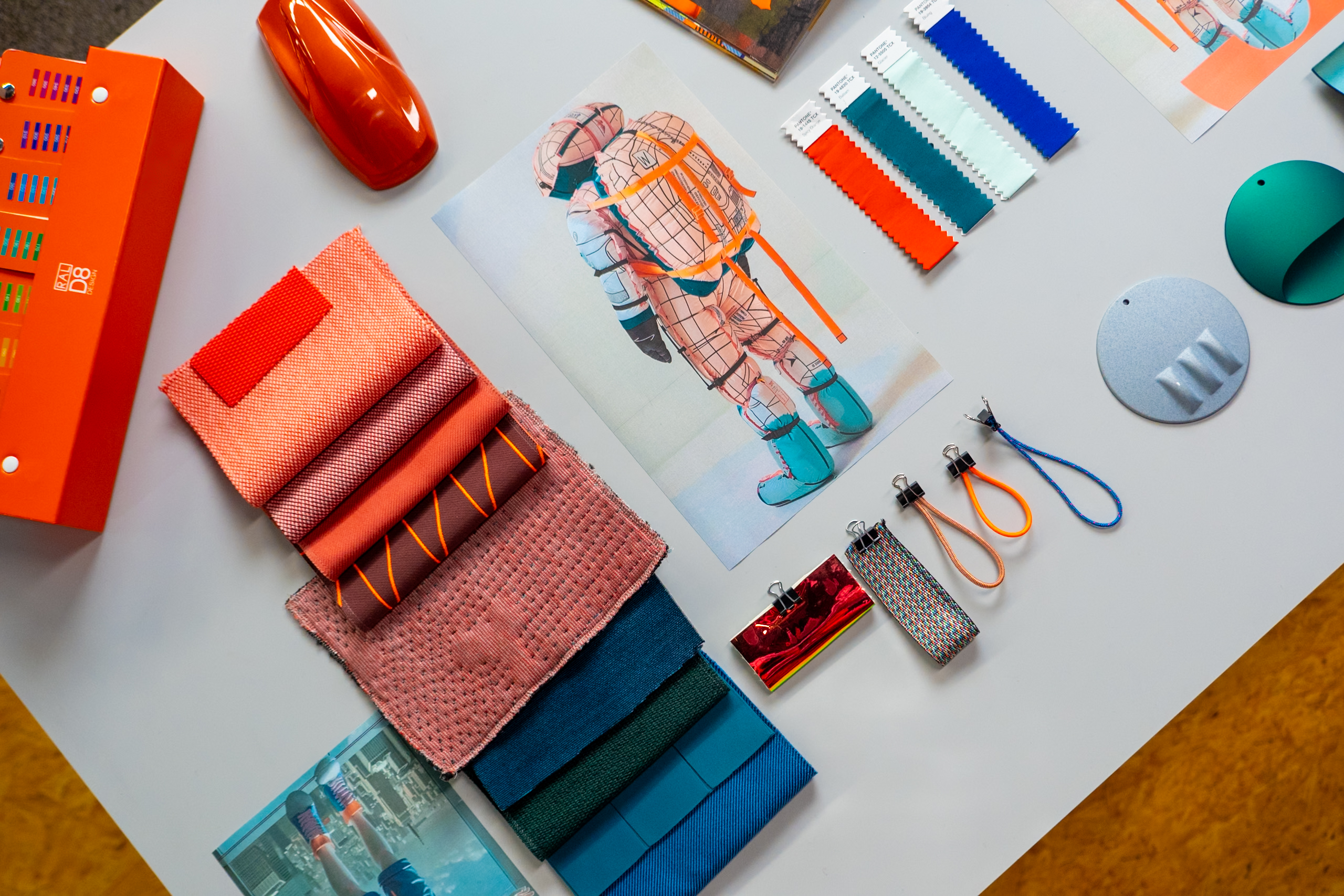 More colour and more design. More modernity. More Mini
More colour and more design. More modernity. More MiniThe iconic manufacturer has upped its game on tone, texture and interiors
By Jonathan Bell
-
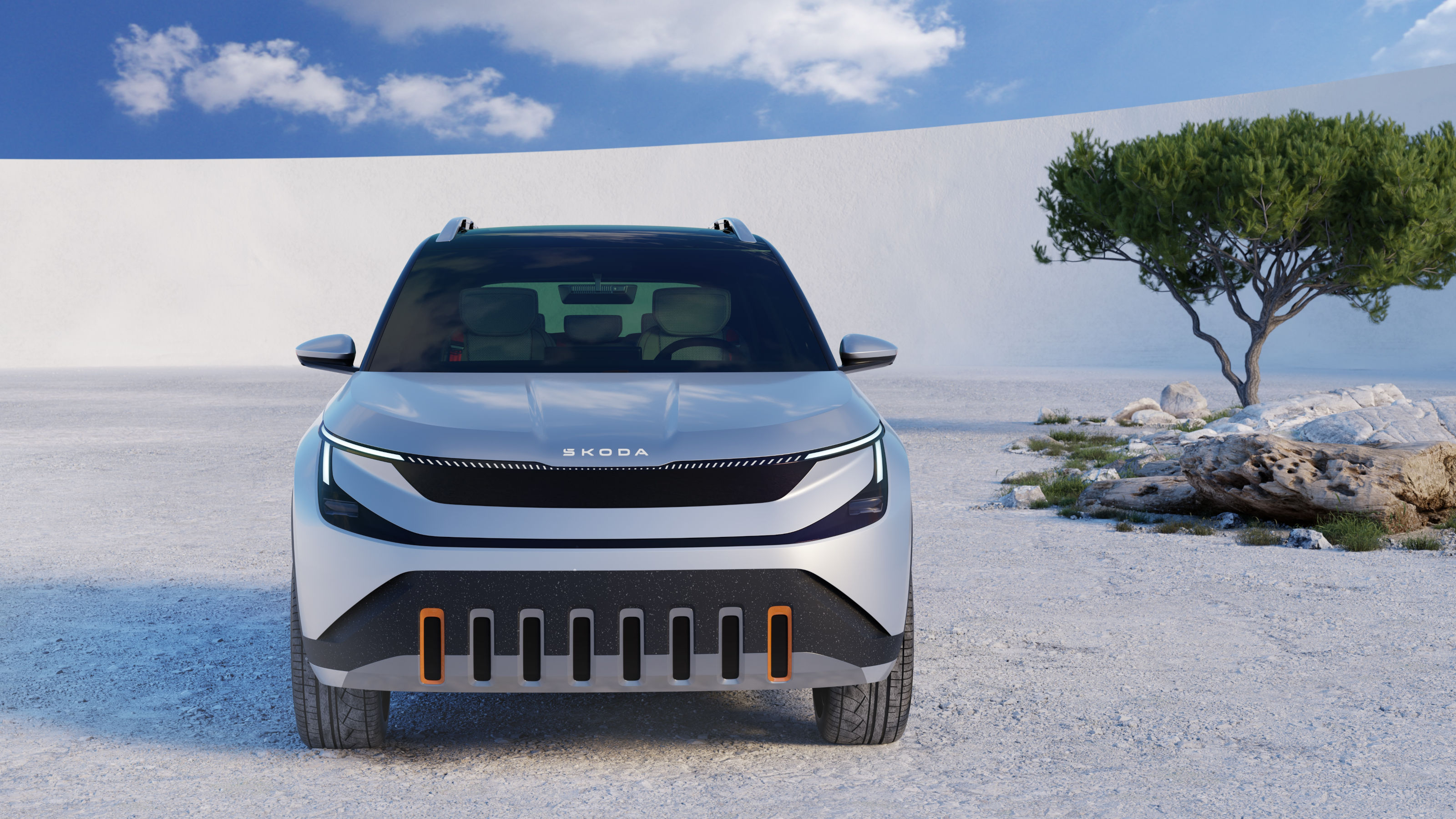 Coming soon: a curated collection of all the new EVs and hybrids that matter
Coming soon: a curated collection of all the new EVs and hybrids that matterWe've rounded up new and updated offerings from Audi, Porsche, Ineos, Mini and more to keep tabs on the shifting sands of the mainstream car market
By Jonathan Bell
-
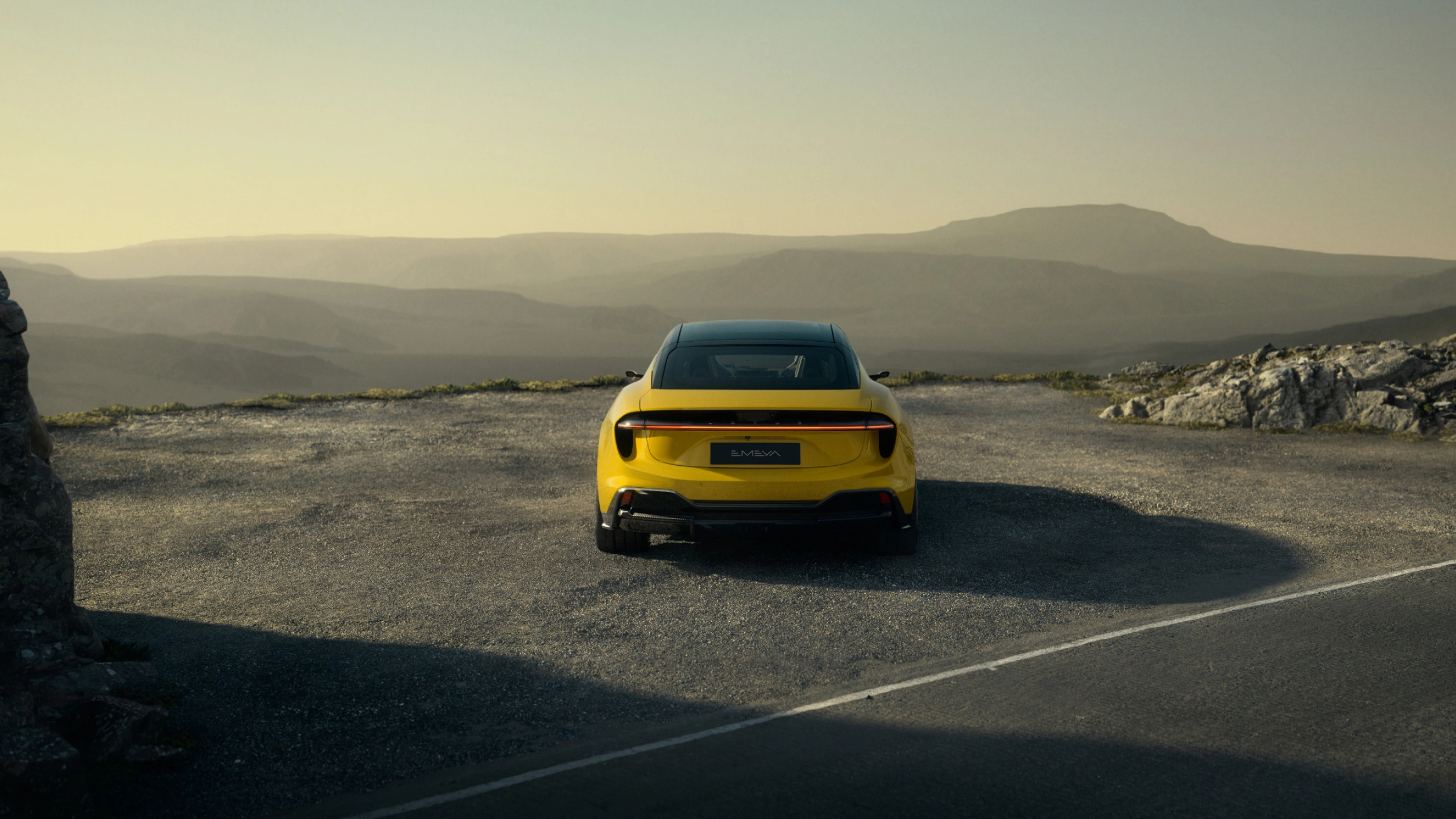 24 transportation design innovations for 2024
24 transportation design innovations for 2024From electric cars to new airports and sports boats, here’s a non-exhaustive list of 24 of the most interesting transportation design innovations to expect in the coming year
By Jonathan Bell
-
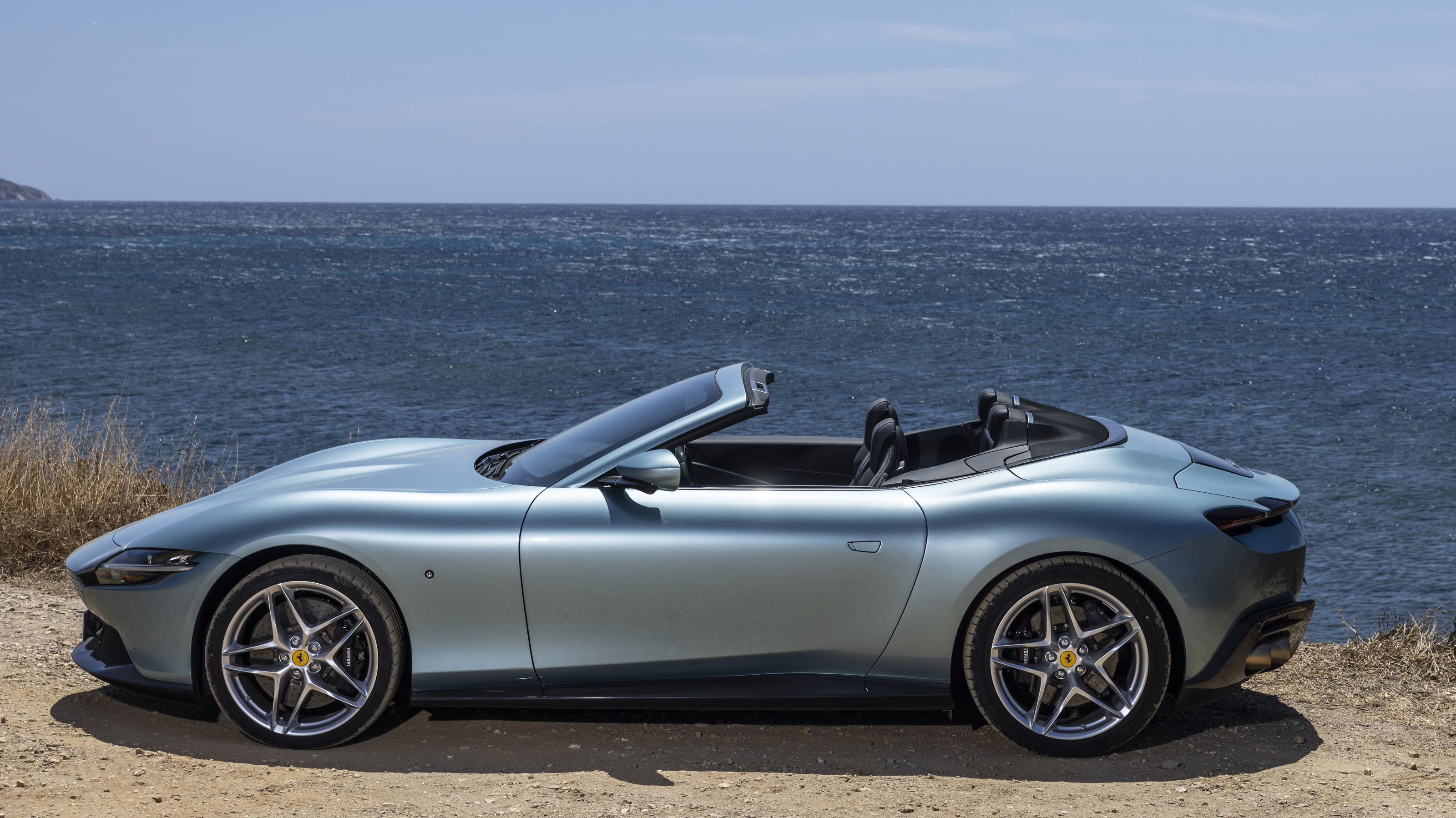 Year in review: the top 10 cars of 2023, as selected by Wallpaper’s Jonathan Bell
Year in review: the top 10 cars of 2023, as selected by Wallpaper’s Jonathan BellWhat were the best four-wheeled offerings of 2023? Transport editor Jonathan Bell takes us through the year’s most intriguing automobiles
By Jonathan Bell
-
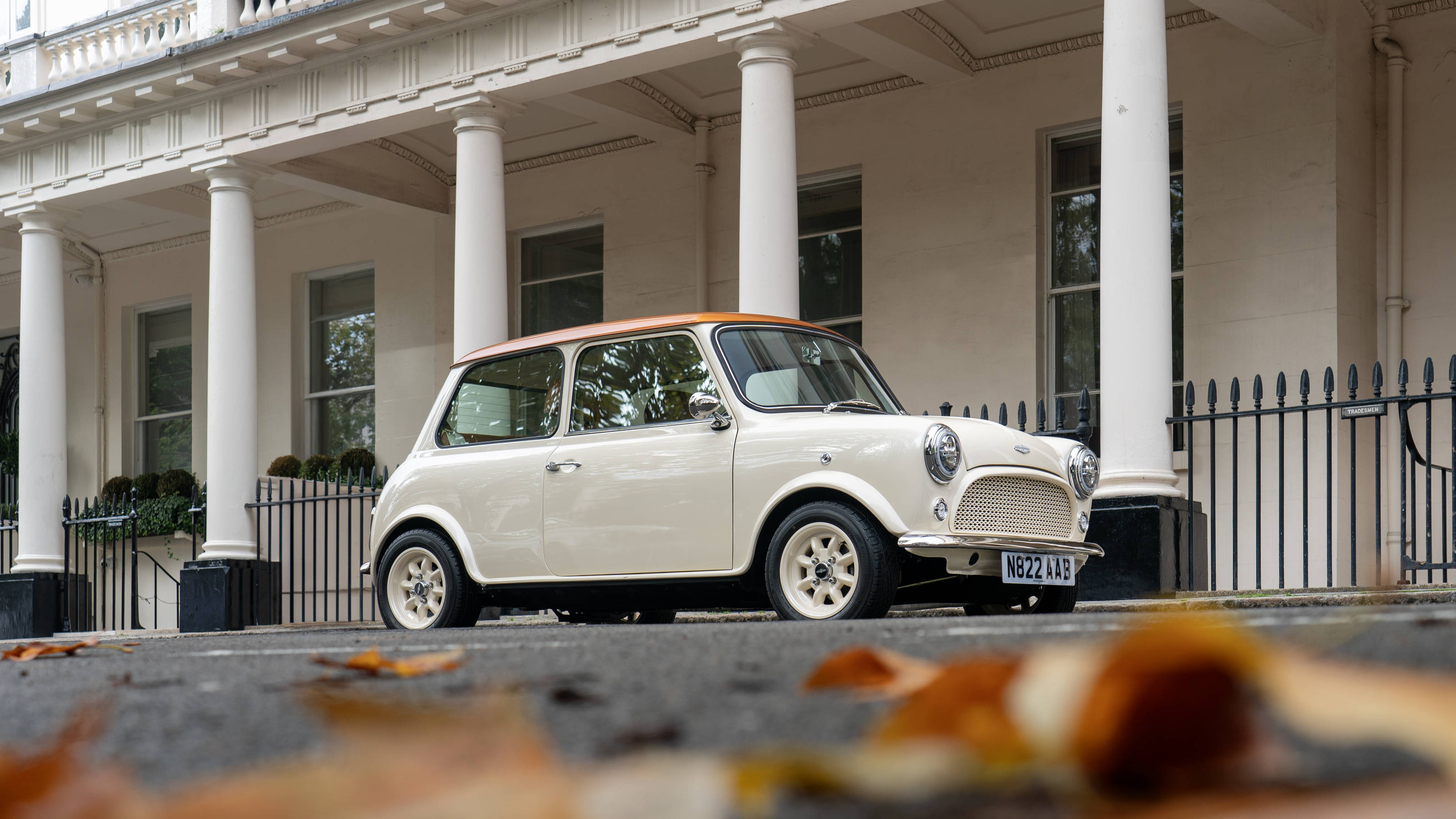 David Brown Automotive transforms original Mini into a high-end, high-spec EV
David Brown Automotive transforms original Mini into a high-end, high-spec EVThe DBA Mini eMastered: luxury motoring is rarely so altruistic and joyful
By Jonathan Bell
-
 Mini E-Bike 1, with Angell Mobility, is the carmaker’s first electric two-wheeler
Mini E-Bike 1, with Angell Mobility, is the carmaker’s first electric two-wheelerThe Mini E-Bike 1 opens up a new chapter for Mini, a collaboration that adds another mobility option to its freshly electrified range
By Jonathan Bell
-
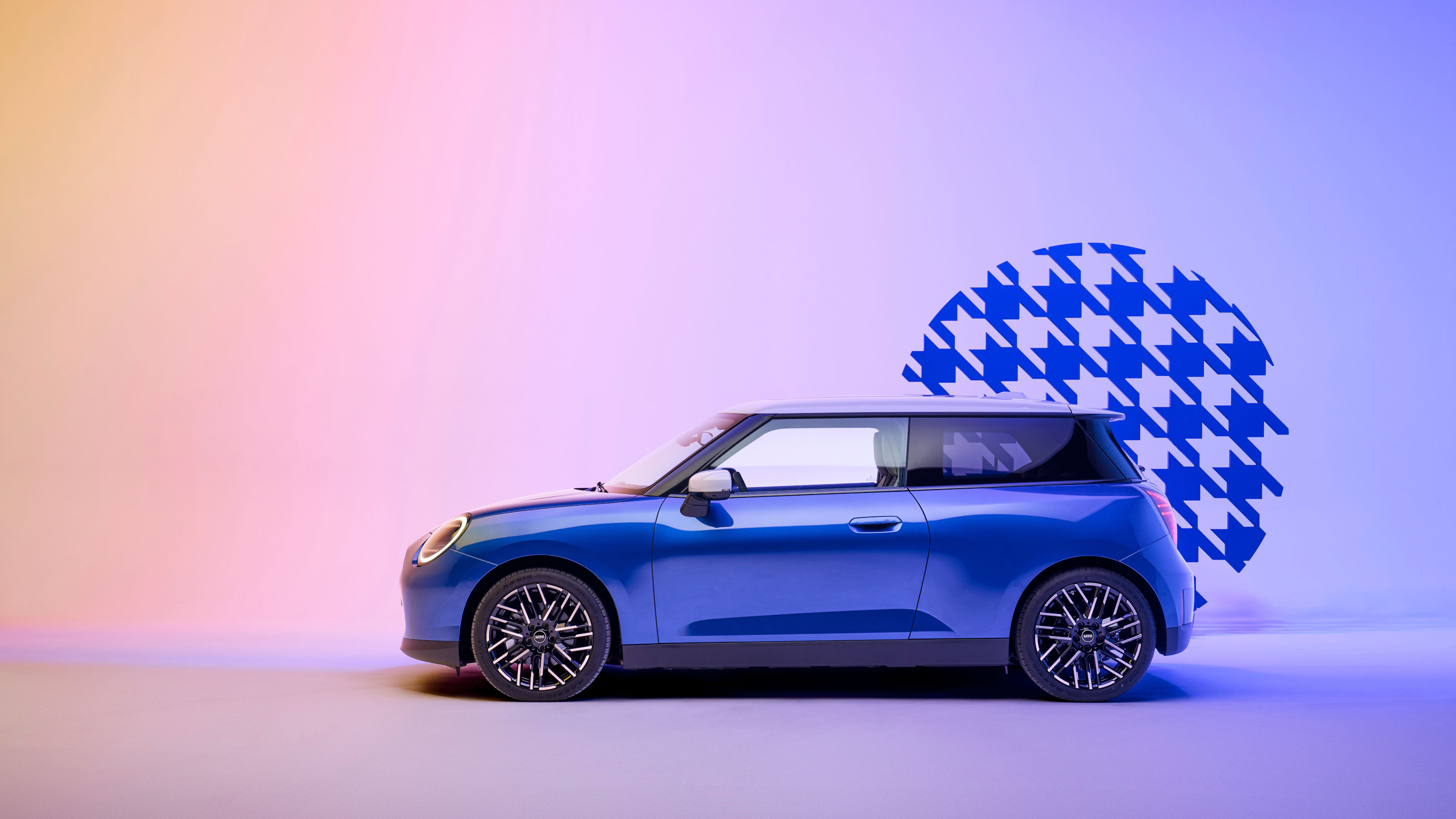 Two new electric Minis bring back the playful spirit of the original
Two new electric Minis bring back the playful spirit of the originalThe new Mini Countryman and Mini Cooper give the modern icon a cleaner, minimal appearance and bolster the interior tech and trim
By Jonathan Bell
-
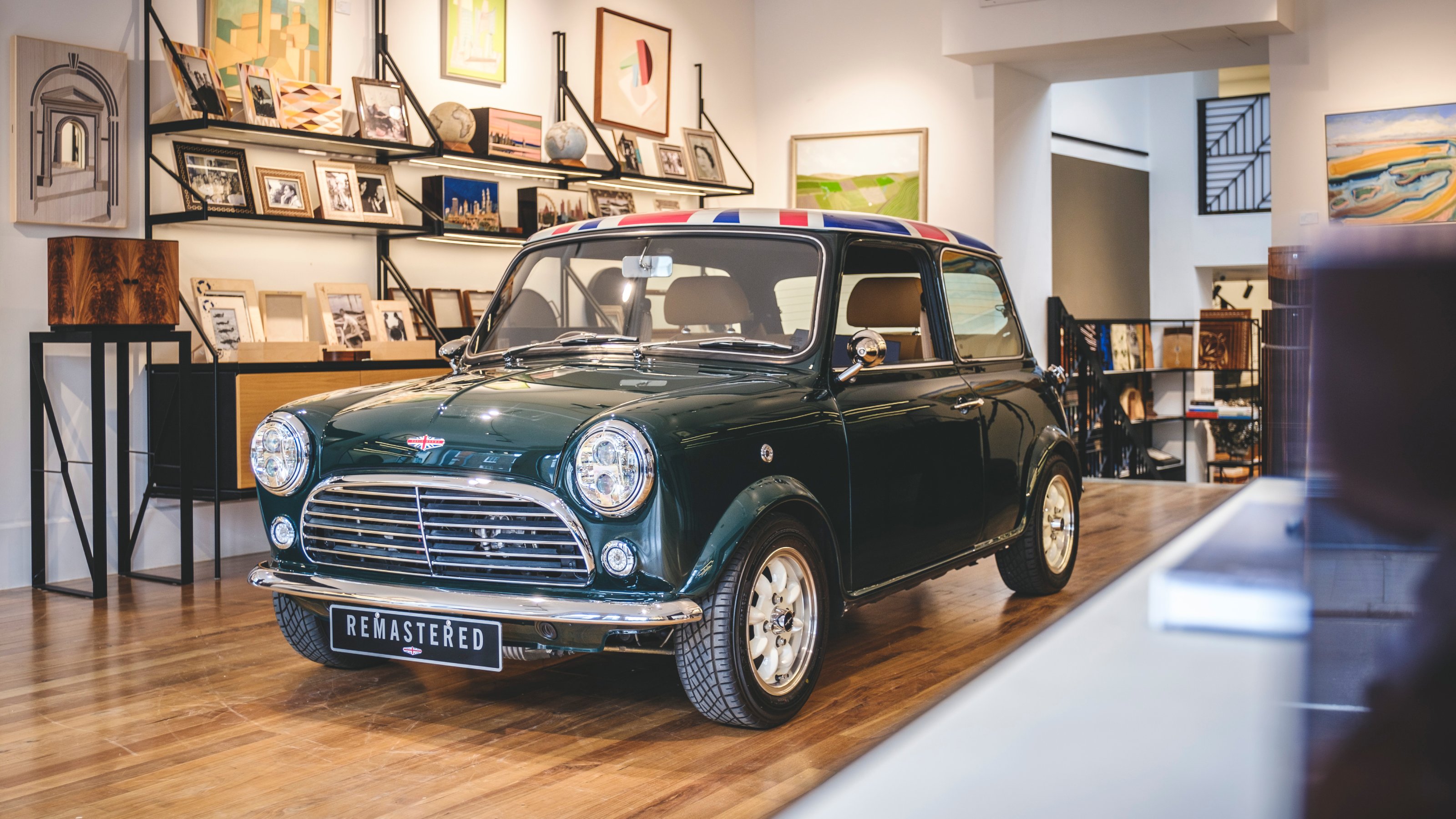 Coronation-edition Mini Remastered by DBA flies the flag in London’s Linley showroom
Coronation-edition Mini Remastered by DBA flies the flag in London’s Linley showroomA pocket-sized piece of coronation memorabilia, the ultimate Mini Remastered by David Brown Automotive is showcased by Linley
By Jonathan Bell